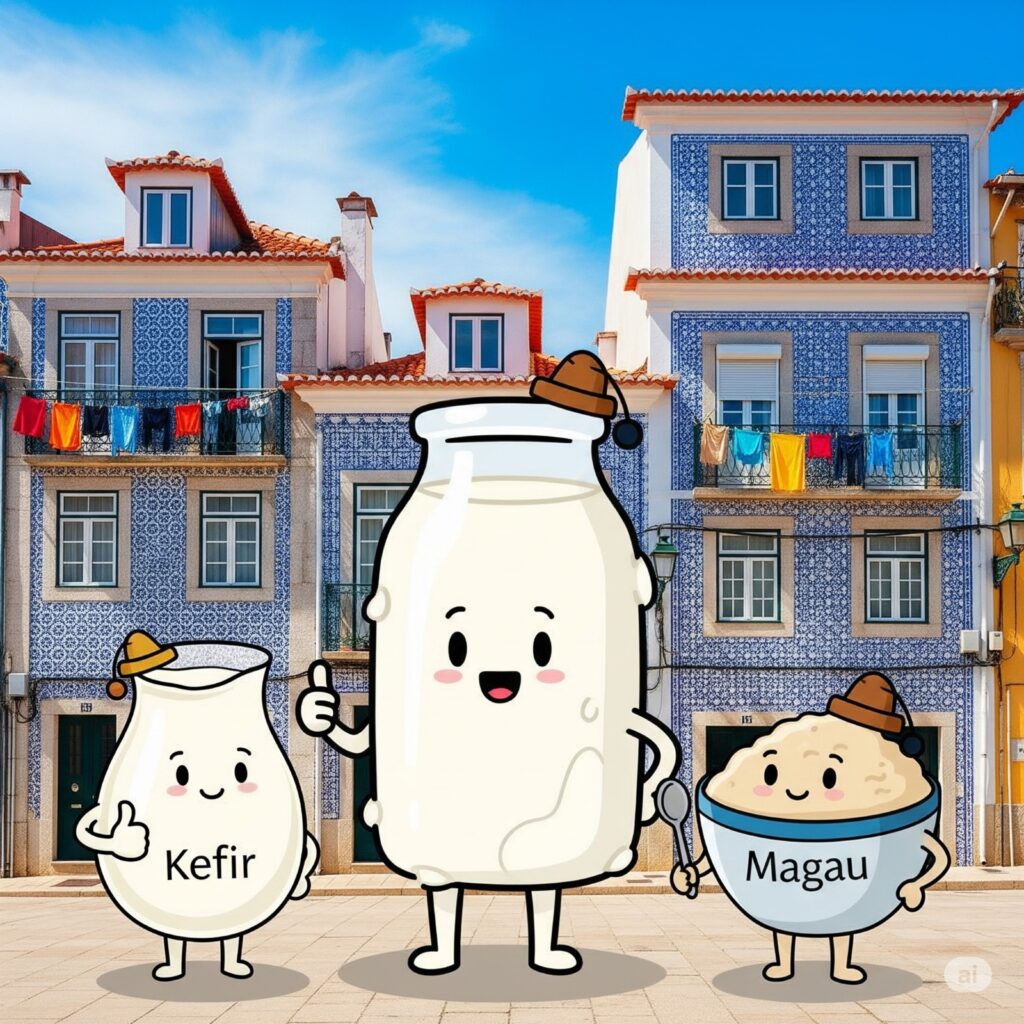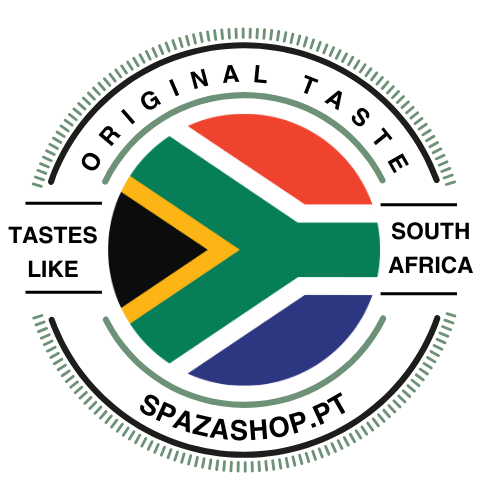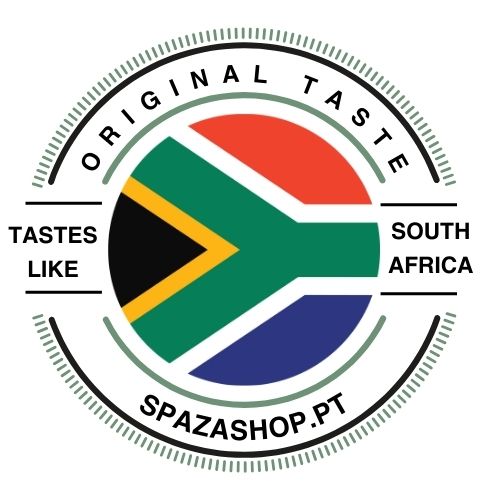For many South Africans living in Western Europe, homesickness can arrive unexpectedly, sometimes in the form of a scent, a song, or the sharp tang of something familiar on the tongue. Among the many things we miss, few comforts rival a glass of something tart, cultured, and deeply nostalgic. Whether it’s buttermilk, kefir, maas, or magau, these fermented favourites are more than just drinks, they’re woven into our daily rituals and family traditions.
A Quartette of Fermented Comforts
Let’s start with *buttermilk*, remembered fondly for its role in classic bakes like rusks and scones. Traditionally, it’s the liquid left behind after churning butter, but the “cultured buttermilk” found in European supermarkets today is created by fermenting low-fat milk with lactic acid bacteria. Mild but tangy, it’s valued for both its flavour and its kitchen utility.
*Maas* (also known as amasi) holds pride of place in South African households. Cultured from raw, unpasteurised milk, maas develops a thick, yogurt-like consistency with a sour tang that’s delightfully refreshing. Typically served chilled and paired with pap, it’s more than just a drink, it’s a cornerstone of heritage. Unlike the thinner buttermilk, maas is heartier and often eaten with a spoon. While it can be tricky to find a perfect substitute in Europe, some expats successfully replicate it using kefir grains or live cultures from yogurt.
Our third ferment, *kefir*, isn’t South African in origin but has found its way into many local fridges due to its health credentials. Originating from the Caucasus, kefir is made using a symbiotic culture known as “kefir grains.” The result? A probiotic-rich, slightly fizzy drink with a pronounced tang and complex, yeasty notes. Though bolder and bubblier than maas or buttermilk, kefir serves as an excellent alternative when those two aren’t available.
Finally, there’s *magau*, a fermented, non-alcoholic sorghum beverage sometimes called amahewu or mageu. Unlike the other three, magau doesn’t contain dairy, but it shares the same tangy, slightly sour profile. Fermented with maize meal, sorghum malt, and water, it’s thick, naturally sweet, and deeply rooted in South African culinary history. It’s often enjoyed straight from the fridge in summer or even made at home when the real thing is out of reach abroad.
Flavours of Memory, Textures of Tradition
Each of these drinks tells a story, not just of fermentation, but of family, resilience, and regional culture. Buttermilk is thin and smooth; great in baking. Maas is heftier, with a creamy mouthfeel and an unmistakable milkiness. Kefir offers complexity and effervescence, while magau delivers an earthy, grainy texture balanced by sweetness and acidity.
In the kitchen, buttermilk and maas act as excellent tenderisers and baking agents, with maas offering richer body and flavour. Kefir, with its punchier acid and slight carbonation, lends lift and moisture to bakes with a bit more flair. Magau, while not typically used in cooking, holds its own as a standalone drink and has even been reimagined in modern recipes like breakfast smoothies and fermented grain bowls.
Crafting Comfort Abroad
Living away from home challenges every part of our identity, but it also offers opportunities to reclaim it. Buttermilk and kefir are easy finds in European markets. Maas and magau may require more creativity, whether sourcing the right cultures or reviving old recipes passed down through generations.
So whether you’re soaking mealiepap in a chilled glass of maas, experimenting with kefir yoghurt, whisking buttermilk into rusk batter, or fermenting a homemade batch of magau, know this: in honouring these flavours, you’re keeping the spirit of home alive, one sip at a time.


